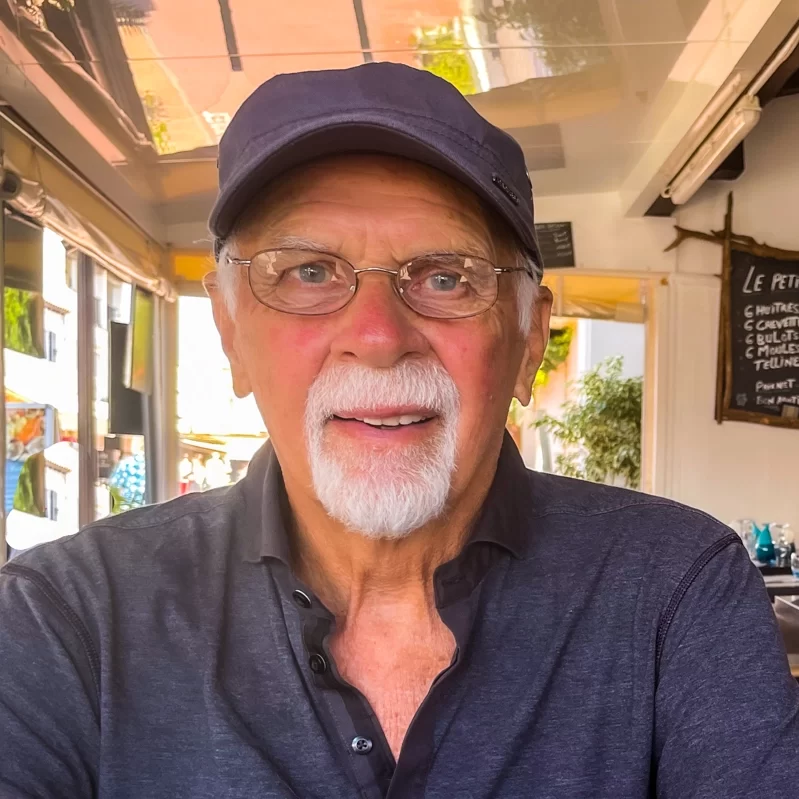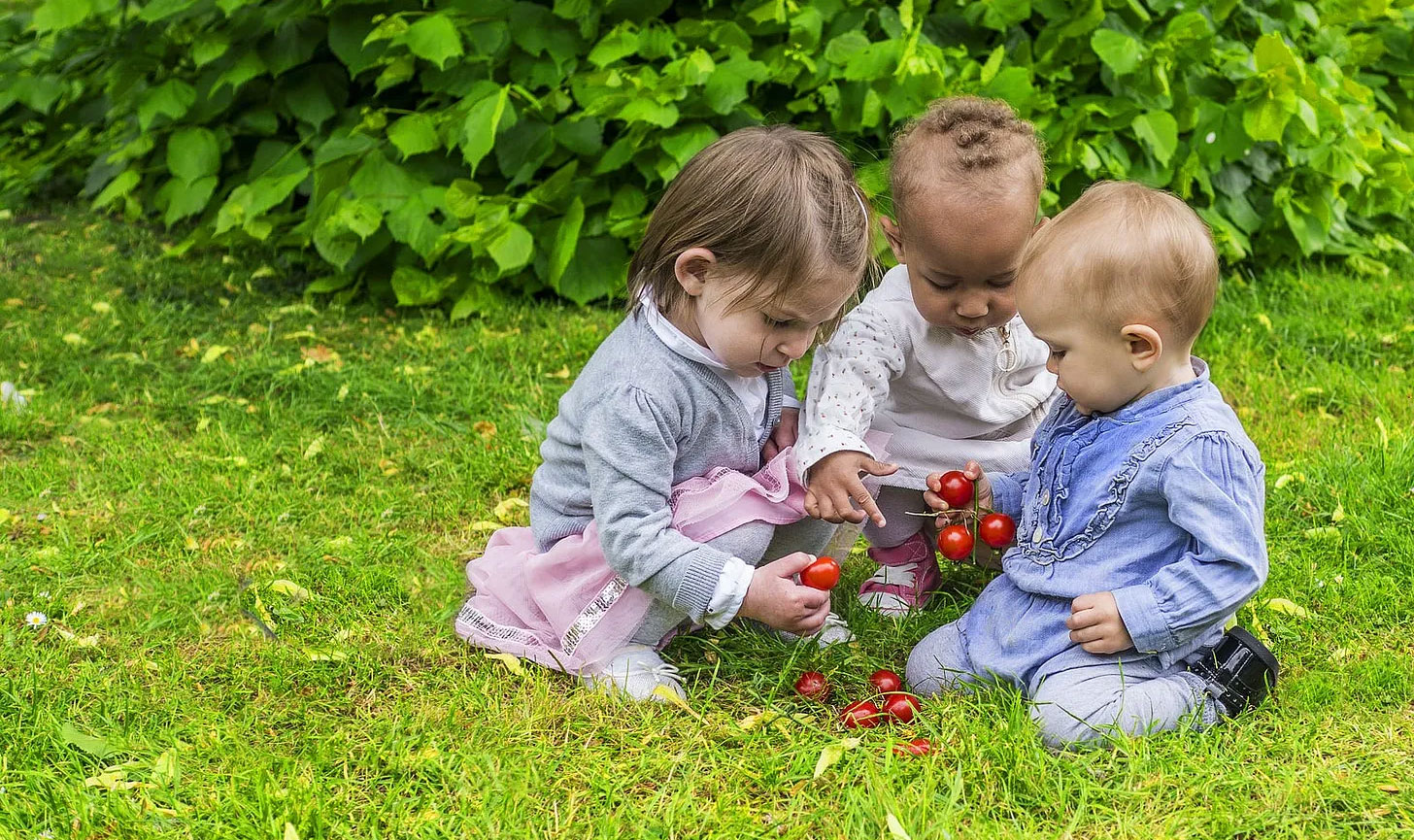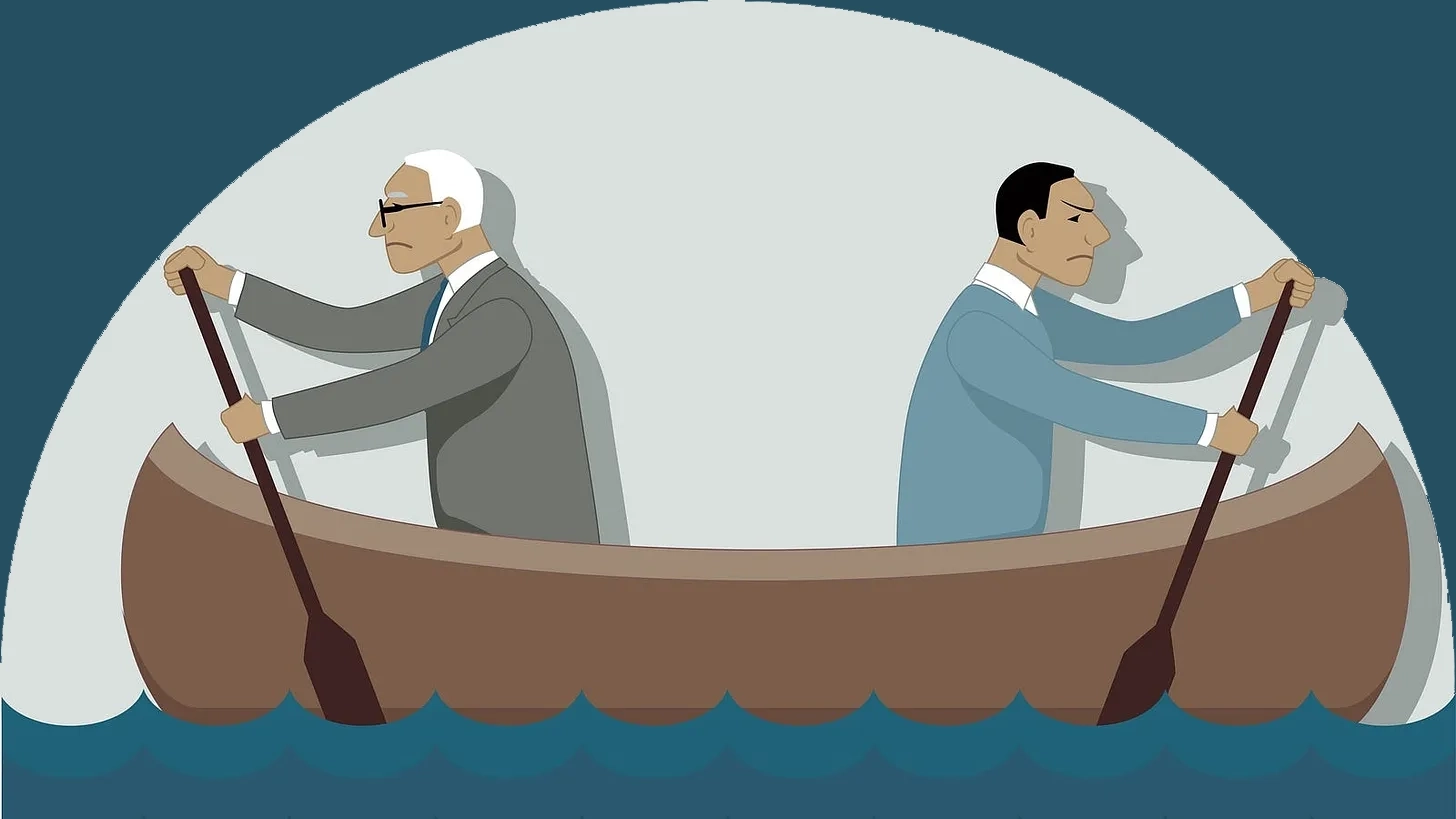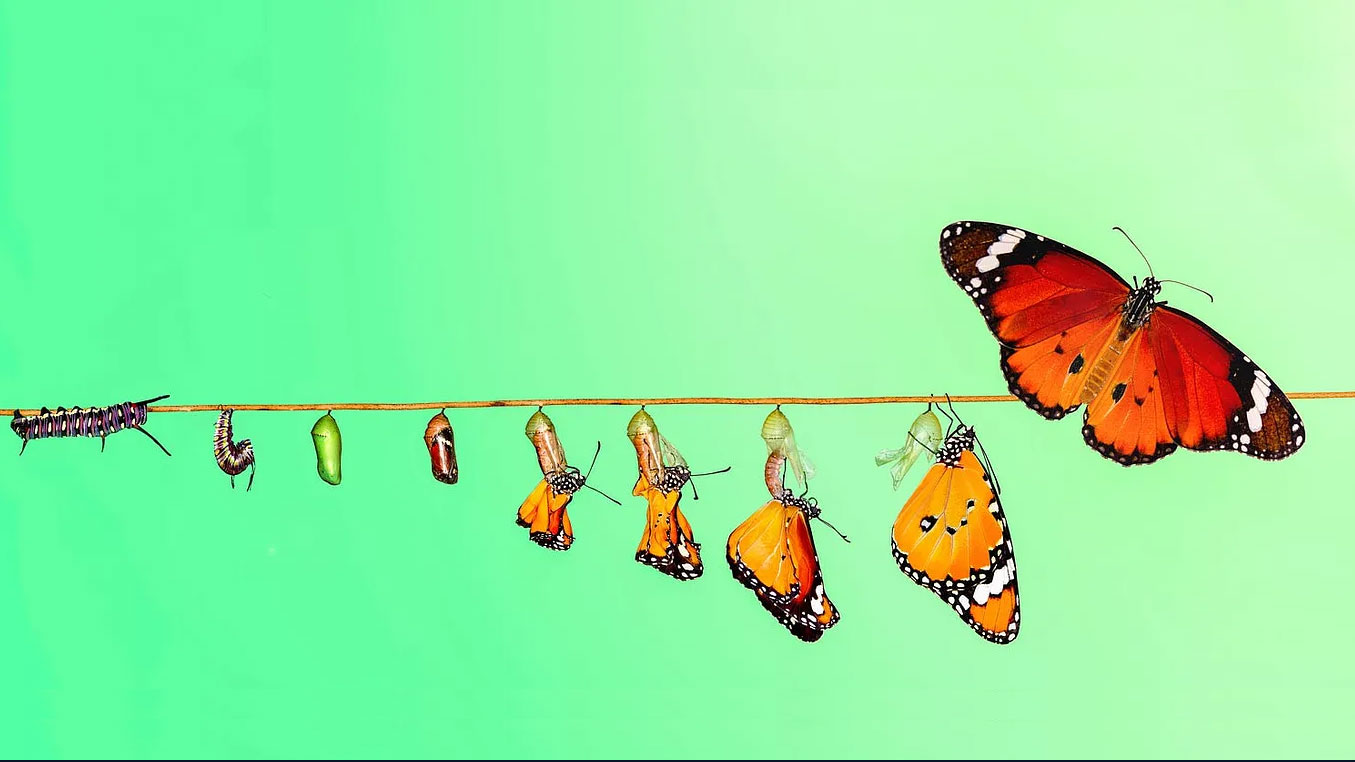Why Are Global Cancer Rates Rising for Young People Under Age 50?
The rising risks of cancers among young people under age 50 appears to be associated with poor lifestyle routines and environmental pollution. Millenials and Gen-Xers: Mind your exposome!

Conspiracy theorists were in a tizzy when Princess Kate disappeared from public for several months. Now that she has confirmed having cancer, the rumor mongers may want to delete their gossipy posts about her.
Kate, the Princess of Wales, has announced her diagnosis of cancer, which was identified after her abdominal surgery in January 2024.
While British citizens and the rest of the world sympathize with her and her family, Kate has joined a club that no one enters voluntarily. She is one of the many people around the world under the age of 50 who has been diagnosed with early-onset cancer.
The Club That Kate Never Wanted to Join
In spite of decades of intense research, the estimated global lifetime risk of cancer from birth to death in 2020 was 25%. During their lifetimes, one out of four people worldwide will be diagnosed with cancer. Ironically, if you live in a country with a high score on the Human Development Index (HDI), you are more likely to be diagnosed with cancer.
The HDI was developed by the Pakistani economist Mahbub ul Haq and has been used by the United Nations Development Programme (UNDP) in its annual Human Development Report since 1990. This index ranks countries based on their level of human development: living a long and healthy life, being knowledgeable, and having a decent standard of living.
In countries with very high HDI scores, the lifetime risk of cancer was 38.48%. This includes many countries in Western Europe, the UK, Hong Kong, Iceland, Australia, and New Zealand. The United States is in the lower range of the very high HDI countries.
The lifetime risk is 25.38% in counties with high HDI scores, including Oceania.
In Western Africa, the lifetime risk of cancer is much lower than the global average, with one in twelve persons (8%) expected to develop cancer. The rates in the vast stretch of Asia vary but are highest where smoking is common.
Why do your lifelong chances of being diagnosed with cancer increase if you live in countries with very high HDI scores? Lifestyle appears to be a prime suspect, although not the only one. When two people have similar health histories and lead similar lifestyles, cancer science cannot explain why one gets cancer and the other doesn’t. Genetics, early life exposures, and environmental hazards are associated suspects.
As reported by another study, the research team hypothesizes that factors like the Western diet and lifestyle may be contributing to the rise in early onset cancer. The team acknowledged that this increased incidence of certain cancer types is, in part, due to early detection through cancer screening programs.
These researchers labeled this risk as the “exposome” factor: your diet, lifestyle, weight, environmental exposures, and microbiome.
In countries with high HDI scores, the lifestyle risk factors include a diet of highly processed (fast) foods, lack of exercise, obesity, poor quality of sleep, high or binge alcohol consumption, tobacco use, sun exposure, and occupational and environmental exposures.
Here is the report card on several of these incidence and death rates in the U.S. as of 2015:
- Cigarette smoking accounted for 19% of all cancer cases and nearly 29% of cancer deaths
- Excess body weight was responsible for 7.8% of cancer cases and 6.5% of deaths
- Drinking alcohol was linked to 5.6% of cancer cases and 4% of deaths
- Sunlight radiation was attributable to almost 5% of cases but a lower 1.5% of deaths
- Physical inactivity played into 2.9% of cases and 2.2% of deaths
The bad news is that the chances of you being diagnosed with cancer during your lifetime are high. Where and how you live make a difference. Lately, when you were born also makes a difference.
Epidemiologists are learning that the rate of cancer is increasing for young people under age 50. Princess Kate is less than 50 years old. Life’s circumstances have recruited her into an early-onset cancer club, of which neither she nor anyone else wants to be a member. How is this happening?
The Global Increasing Rate of Cancer Among Young People
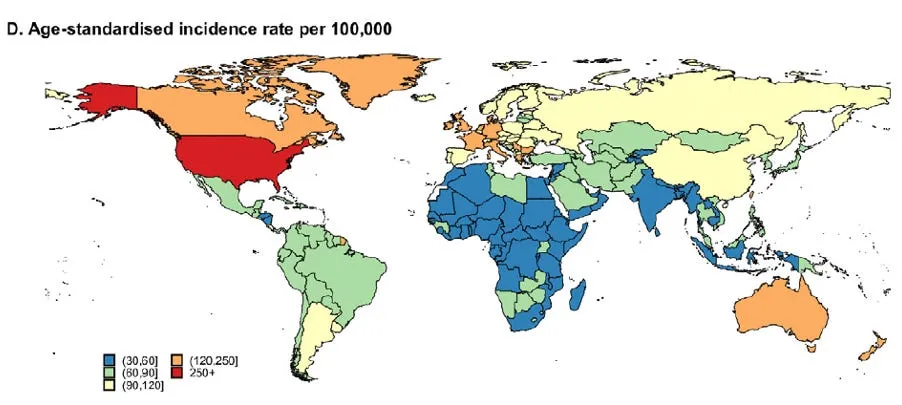
A recent journal article reports that between 1990 and 2019, the global incidence of early-onset cancer increased by 79.1%, and the number of early-onset cancer deaths increased by 27.7%. This significant rise in incidence and rate of death suggests that early-onset cancers are becoming more common globally.
The global map above shows the cancer rates by geographic region. The bright red United States stands out with the highest incidence rate of 250+ cases per 100,000 people under age 50. In addition to the U.S., early-onset cancer rates among younger people show notable rate increases in Canada, Western Europe, and Oceania, a vast area of the Pacific that includes Australasia. Death rates from early-onset cancer are also increasing in Eastern Europe and Central Asia.
What does the Pacific region of Oceania have in common with North America and Western Europe? Globalization has affected lifestyle and dietary habits. Pacific Islanders are increasingly inactive and obese. Their traditional diet of fruits, fruit juices, vegetables, and nuts is being overtaken by a more Western diet of highly processed fast foods.
Types of Cancer Afflicting Young People
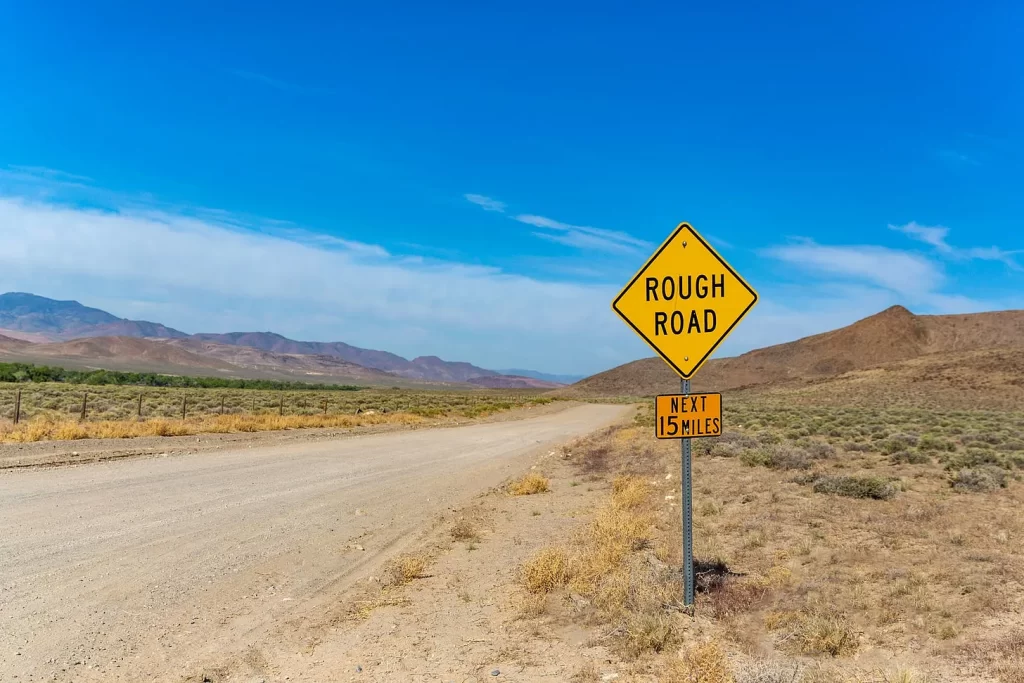
The Princess of Wales has not identified the type of cancer that she has. None are “good.” Pondering the full list of 29 cancers that are increasingly prevalent among young people is a dreadful exercise.
As of 2019, among the many cancer types, the five cancers with the greatest risk of affecting young people are breast, skin, cervical, colorectal, and ovarian.
Considering that two of the top five are exclusive to women, you might get the idea that women are bearing the brunt of this negative health trend. The study by Jianhui and team (2023) shows that both women and men have their respective risks.
Although under-diagnosed in men, early-onset breast cancer has the highest incidence and mortality rate among young women. This cancer type poses a significant burden for women.
Tracheal, bronchus, and lung (TBL) cancers, along with stomach and colorectal cancers, showed high mortality across both genders but were noted as leading causes in men, specifically for TBL cancer. While women face a significant risk of breast cancer, men are at risk of different cancer types, particularly TBL cancer.
Jianhui and team (2023) predict an increasing number of incidences and deaths from early-onset cancer by 2030 for both men and women, without specifying which gender will be more affected. Each gender has its own risks.
Slightly better news is reported in a study (Zhou et al., 2022) that focused on three types of cancer: tracheal, bronchus, and lung (TBL). The overall findings from their international research were that decreasing incidence and mortality trends were identified in TBL cancer, particularly among men and women younger than 50 years old. However, some sub-populations showed a trend toward increased risks, such as women in European countries.
The Zhou study suggests that improving cancer screening methods and reducing environmental factors like air pollution can significantly impact the trends in TBL cancer incidence and mortality. Changes in lifestyle routines, such as improved diet and smoking cessation, lessened the rates of TBL cancers, especially among men.
How To Reduce Your Chances of Being Inducted Into This Unsavory Club?

Whatever your age, you can improve your health and longevity by adopting positive lifestyle routines and avoiding environmental hazards. Depending on how and where you live, you will need to develop a health improvement plan.
I have worked in the healthcare industry for over five decades. Trained as a clinical psychologist, I spent most of my career managing healthcare organizations, public and private. As a quality manager, my job was to motivate healthcare providers to improve the effectiveness of their clinical practices.
What I learned during these years is that providers can be motivated to improve the quality of their services, but they don’t know how to do this. They are skilled in thinking about their patients clinically, but they haven’t been trained to think strategically about improving their clinical practice routines.
In general, people who want to change unhealthy lifestyle habits suffer the same lack of ability to think strategically about a pathway to growth. There may be a strong motivation to change, but mapping out the specifics of a plan for change is difficult.
I have written about science-proven strategies for personal growth. This essay on Stages of Change can be found here.
Evidence-Based Strategies for Reducing the Risks of Early-Onset Cancers
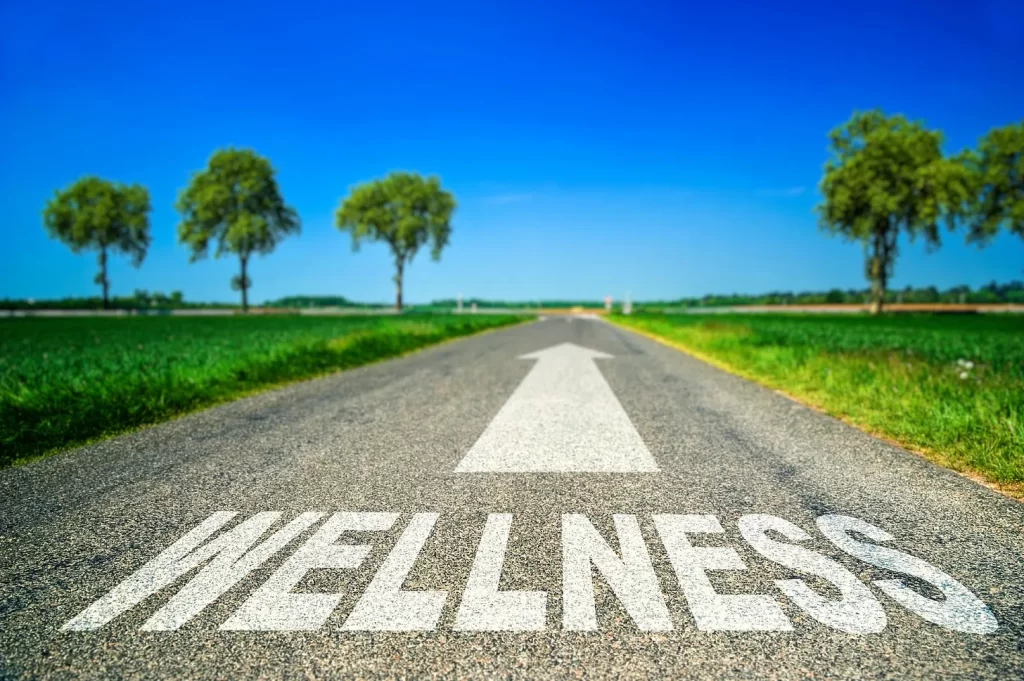
As a member of the human race specifically and of the animal kingdom generally, you are a creature of habit. Your daily routines are deeply embedded in your psyche (that is, your brain’s neural networks). Habitual routines give you an adaptive advantage because you don’t have to spend your precious time thinking big thoughts about, for example, how to get to work.
Routines become maladaptive when we learn that what we do habitually is not good for our health. Changing these routes is not easy for anyone. I have written about the multi-stage process of personal growth in an earlier essay. You might find it helpful in understanding the ups and downs of your pathway for growth.
Whatever your age, whether youngish or oldish, the key to adopting new routines for a healthier lifestyle is to select one specific habit you want to change. Then, focus all of your energy on that identified target. Change takes time, and you should expect to fall back into unhealthy habits. Do not judge yourself harshly when you do. Learn from the backslide and begin again.
Here are the healthy lifestyle behaviors identified by researchers that can lower your risk for early-onset cancer. These behaviors will not eliminate your risk, but if diagnosed, a healthy lifestyle can prolong your life and improve your recovery.
Maintain a healthy weight: Obesity or being overweight is associated with increased risks of several cancers, including breast (in postmenopausal women), colon, endometrium, kidney, and esophagus. Engaging in regular physical activity and maintaining a balanced diet are essential.
Engage in regular exercise: Aim for at least 150 minutes of moderate aerobic activity or 75 minutes of vigorous activity weekly. Regular exercise helps maintain a healthy weight and might lower the risk of breast, prostate, colon, and kidney cancers
Eat a healthy diet: Eating a diet rich in fruits, vegetables, whole grains, and lean proteins. Limit red meat consumption and avoid processed foods to reduce the risk of colorectal and other types of cancer. Drinking sugary sodas during adolescence is associated with a higher risk of developing colorectal cancer early in women.
Limit alcohol consumption: High alcohol consumption leads to addiction, and binge drinking isn’t much better. Alcohol consumption is linked to an increased risk of several cancers, including breast, liver, esophagus, throat, and colon. Limiting alcohol intake can reduce these risk
Avoid tobacco use: Abstaining from smoking cigarettes, using chewing tobacco, and exposure to secondhand smoke is crucial. Tobacco use is a leading cause of cancer and is linked to numerous types, including lung, mouth, throat, pancreas, bladder, and cervix.
Sun protection: My wife frequently warns me about this risk. Our neighbor died at a young age of melanoma, leaving behind a 12-year-old son. Excessive exposure to ultraviolet (UV) rays from the sun or tanning beds significantly increases the risk of skin cancer, including melanoma. Use sunscreen, wear protective clothing, and seek shade to reduce this risk.
Vaccinations: This could be a separate essay topic. Some ideologically driven people oppose vaccinations for themselves and their children. Regarding cancer, the human papillomavirus (HPV) vaccine helps prevent most cervical cancers and several other kinds of cancer, and the hepatitis B vaccine can help lower liver cancer risk.
Safe sex practices: Limiting the number of sexual partners and using protection can reduce the risk of sexually transmitted infections, such as HPV, which is linked to several types of cancer.
Get enough sleep: Some people are workaholics, and some companies demand that you become one. Your work lifestyle may not make it easy but aim for 7–8 hours of quality sleep each night.
Environmental pollution, especially microplastics in the food chain, is a topic for a future essay, but pollution is yet another factor in cancer risks.
Let’s Not Forget the Unhealthy Effects of Chronic Stress
An important risk for cancer that deserves its own section is that of chronic stress.
There is no direct-line relationship between stress and cancer. The indirect line is that chronic stress wreaks havoc on our bodies. Stress can lead to smoking, poor eating habits, and lack of sleep.
Chronic stress can suppress the immune system, reducing its efficiency in detecting and destroying precancerous or cancerous cells. A weakened immune system may also impair the body’s ability to repair damaged DNA, potentially leading to cancer development.
Chronic stress also affects your body’s hormones. Cortisol and adrenaline overproduction can influence processes like DNA repair and cell growth. Prolonged exposure to these stress hormones may create an environment that favors tumor growth and spread.
A recent book by social psychologist Jonathan Haidt chronicles the mental health risks for children and adolescents related to social media usage. Haidt shows how the traditional “play-based childhood” has given way to the “phone-based childhood” of today. He shows that this “great rewiring of childhood” has interfered with children’s social and neurological development, with negative effects ranging from sleep deprivation to attention fragmentation, addiction, loneliness, social media contagion, social comparison, and perfectionism.
There are no indications that TikTok, or even Truth Social, causes cancer. However, the habitual use of social media platforms can create pervasive anxiety as a chronic source of stress, which can lead to an increased risk for early-onset cancers in young adulthood.
Final thoughts: Why Are Global Cancer Rates Rising for Young People Under Age 50?
Adopting a healthier lifestyle is not a guarantee of becoming risk-free for cancer. Fame does not protect esteemed honorees from this undeserved fate. The Princess of Wales, King George, and many other famous people know this too well.
Stress is part of life, and you will never live without it. However, stressing yourself to achieve healthy routines is better than the alternatives.
À votre santé!

